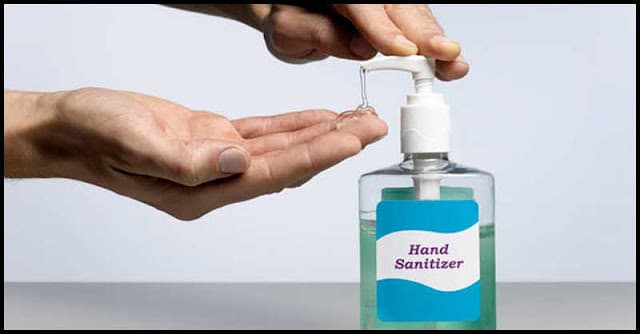The latest update from the World Health Organization reports that COVID-19 has infected approximately 90,000 people (when this article was published on March 2, 2020) in 65 countries. In response, hand sanitizer is flying off the shelves (with accusations of price gouging by third-party sellers on Amazon) as the number of stateside cases continues to mount. According to an immunologist and a microbiologist, though, all sanitizers are not created equal; the most effective options all share one thing in common.
Immunologist Tania Elliott, MD, an attending physician at NYU Langone Health, says hand sanitizers containing less than 60 percent of alcohol are not effective. “Studies have shown that hand sanitizers with 60 to 95 percent alcohol are more effective at killing germs than those that contain less or are not alcohol-based,” says Dr. Elliott. Her personal favorites include good old-fashioned Purell (70 percent alcohol) and Dr. Bronner’s Lavender Hand Sanitizer (62 percent alcohol), “which is infused with lavender oil giving it a nice relaxing scent that also helps to moisturize the hands.”
Microbiologist Jason Tetro, the author of The Germ Files, says that the way you apply the product matters just as much as what’s in it. “Put a squirt in a cupped hand, then start to move it around the palms first, and then the backs of the hands followed by the fingers including the sides and then the thumb,” says Tetro. “Don’t forget the thumb as in personal observations, people seem to forget that very valuable digit.” In total, your hands should be wet with the sanitizer for about 15 seconds, so make sure your squirt is a hefty one.
Maybe it goes without saying at this point, but one last time for the people in the back, using hand sanitizer does not replace washing your hands with soap and water. “When you have the choice, opt for handwashing with soap and water, even if it is not antibacterial soap,” says Dr. Elliott. “Soap and water are better at removing more types of germs—hand sanitizer doesn’t get at all of them.” Tetro adds that while hand sanitizer kills germs, washing your hands actively removes the microbes from your skin—alive or dead.
To wash your hands properly, the Centers for Disease Control and Prevention recommends following a five-step process:
Step 1: Wet your hands completely with clean water that’s hot or cold.
Step 2: Rub your hands together until the soap and water form a lather, making sure to get the space in between your fingers, underneath your fingernails, and the thumb (the spot Tetro says is so often overlooked).
Step 3: Scrub your hands for at least 20 seconds.
Step 4: Rinse your hands well under clean water.
Step 5: Dry your hands using a clean towel or a hand dryer.
At the moment, hand sanitizer is sold out at many major retailers, like Target and Walmart, but don’t worry—experts say hand sanitizer just isn’t as effective as soap and water. That said, when there’s not a sink in sight, a squirt of sanitizer is your next best option.
Important Notice: This article was originally published at www.wellandgood.com by Kells McPhillips where all credits are due.









